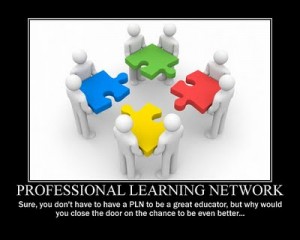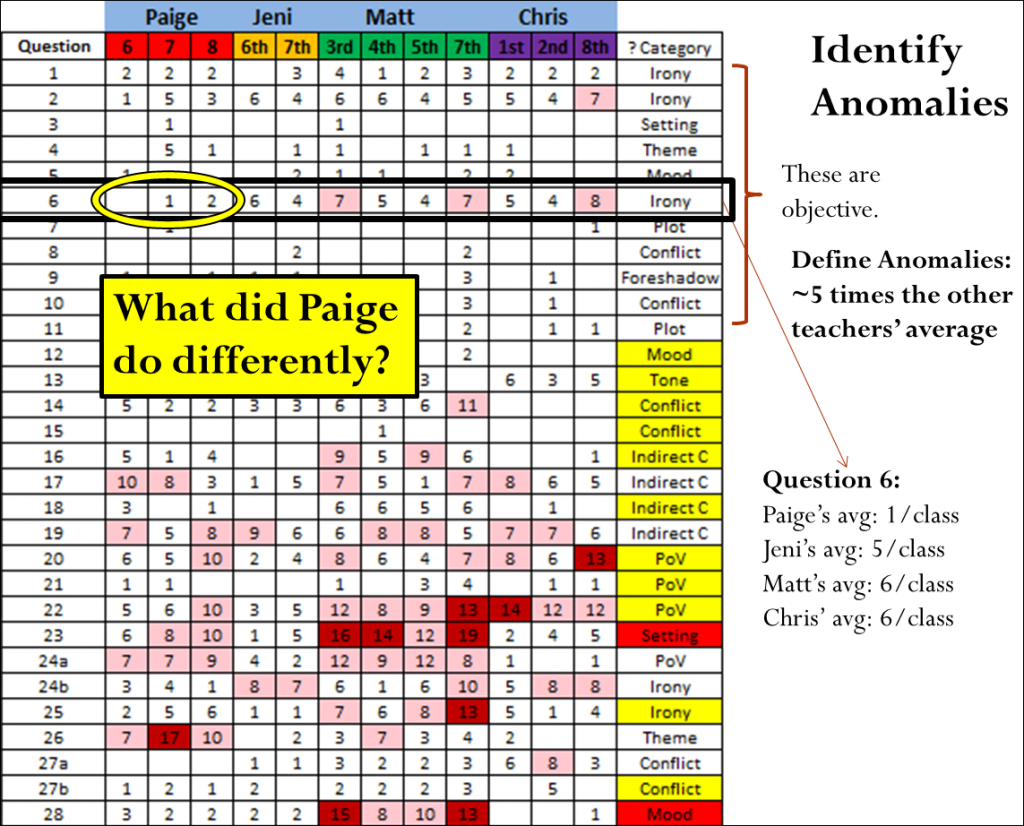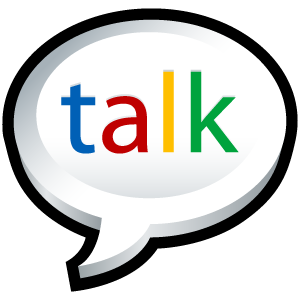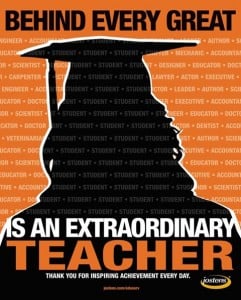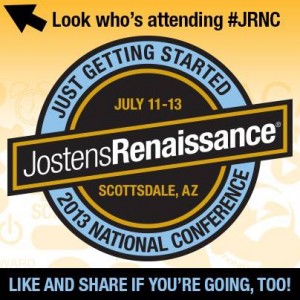 At Gahanna Lincoln High School, several teachers have implemented the Flipped Classroom model. They and Assistant Principal, Aaron Winner (@aaronwinner), shared their Flipped experiences at our January staff meeting and the response was very positive. Their presentation was well-organized, engaging, and reflective of their learning.
At Gahanna Lincoln High School, several teachers have implemented the Flipped Classroom model. They and Assistant Principal, Aaron Winner (@aaronwinner), shared their Flipped experiences at our January staff meeting and the response was very positive. Their presentation was well-organized, engaging, and reflective of their learning.
Whenever I get a chance, I ask staff about how things are going, especially during informal conversations. I’ve recently asked about professional development needs and a number of times I heard a similar response, “We love all the presentations at staff meetings, but there is no follow up. We get excited about what we see and hear, but we aren’t given any time to try it or to came back later to talk about it.” I appreciate their feedback because they expressed a desire to learn, so I need to provide the conditions for that to take place. This caused me to peruse my notes from the book, 10-Minute In-Service, by Todd Whitaker (@ToddWhitaker) and Annette Breaux (@AnnetteBreaux). I knew I had to do something to address the concerns of a lack of time and a lack of follow up.
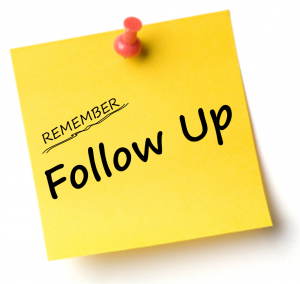 My Dean of Curriculum, Tia Holliman (@Ms._Holliman) and I discussed this in great detail as our March staff meeting approached because I wanted to do more than just talk about the Flipped Classroom as an effective instructional strategy, I wanted to model it. I noticed there is a significant amount time that I or others talk at our staff during our meetings as opposed to us interacting, engaging each other in meaningful conversation, or participating in learning experiences that would excite them to teach the next day. Todd Whitaker and Annette Breaux put it this way, “Teachers should leave faculty meetings more excited about teaching tomorrow than they were today.”
My Dean of Curriculum, Tia Holliman (@Ms._Holliman) and I discussed this in great detail as our March staff meeting approached because I wanted to do more than just talk about the Flipped Classroom as an effective instructional strategy, I wanted to model it. I noticed there is a significant amount time that I or others talk at our staff during our meetings as opposed to us interacting, engaging each other in meaningful conversation, or participating in learning experiences that would excite them to teach the next day. Todd Whitaker and Annette Breaux put it this way, “Teachers should leave faculty meetings more excited about teaching tomorrow than they were today.”
As Tia and I planned the March staff meeting, my goals were to model my expectations for posting learning targets, model the flipped strategy, and model how to bring closure to a lesson with some type of formative assessment. I sent the following details to my staff a day or two before our March staff meeting:
Please take 6 minutes some time before the meeting on March 4th to watch the TEDTalk: 3 Rules to Spark Learning, and be prepared to discuss some of the following questions:
*How do you encourage students to ask questions in class?
*“Student questions are the seed to real learning.” What are the implications of this statement?
*How is “the messy process of trial and error” a part of the learning process in your class?
*How do you incorporate reflection in your class?
*Teachers are the “cultivators of curiosity and inquiry.” What are the implications of this statement?
You will have the opportunity to select as a group, 1 or 2 questions you want to discuss. Thanks in advance for being prepared.
I also shared the TEDTalk with my staff in my weekly Friday Focus blog, but they are not required watch the videos I share or the articles I include. However, as we continue to change instructional practices to transition to the New Learning Standards, it was important for us to discuss this TEDTalk since the presenter shares ways that will help us with this transition.
As the activity began, the following learning target was displayed on the screen:
I can identify two ways I spark student learning in my classroom.
We briefly discussed our target, I explained the directions, and they organized themselves into interdepartmental groups of 8-10 people. I displayed the questions on the screen that are mentioned above and the rich conversations began.
As I walked around the room, I was excited about what I heard. I was also impressed by those who were able to focus on what they could do as opposed to succumbing to discussing barriers to learning (perceived or real). After about 12 minutes, I distributed a 3×5 notecard and gave them two minutes to answer the following question:
What are two ways you spark learning in the classroom?
I collected the notecards and had the responses compiled into a word document, which I then shared with staff via Google Docs within a couple of days. They now have a list of over 100 different ways to spark learning in the classroom. It was a quick 15 minute in-service about effective instructional strategies that can be easily implemented on a regular basis.
Be Great,
Dwight
images:
follow up: http://www.vapartners.ca/wp-content/uploads/2012/10/Follow-Up.png
flipped classroom: http://podcast.teachercast.net/wp-content/uploads/2012/05/Flipped-Classroom.jpg

